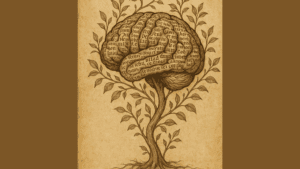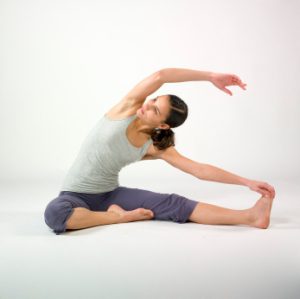In January 2011, a video of a woman falling into a mall fountain as she was walking and texting went viral. The video caught my attention not because I thought it was funny but because the woman represented what we had become—a generation controlled by our smartphones like zombies. As if physical inactivity was not enough, we were also mindless, paying very little attention to life around us as if we were on autopilot. Walking, however, creates mental space that we can use creatively and constructively for activities, such as meditation.
Walking as Meditation
In my quest to move more, I discovered walking. Walking slowed my world down. It made me aware of life around me. I was fascinated that my legs could take me where I had normally driven by car. In this deliberate oversimplification, I intentionally wanted to become so aware of my body’s movement that I was filled with gratitude to my Maker: I was able to walk. I was alive! I listened to my breathing as I challenged myself to walk slowly, then quickly at times, then slowly again.
Walking, as I discovered, is one of the most natural and healthiest form of movement for the body. It allows us think time. The Buddhists have come to use this space as an opportunity to meditate by focusing on the movement of walking. Unlike in sitting meditation, the walker does not close his or her eyes. Instead, she becomes acutely aware of her body’s movement, staying focus on the activity. As believers we can also benefit not only physically from walking but also spiritually as well when we constructively use this think space. It is important to train our minds to focus on the goodness of God all around us and on the sacred scriptures, His Words. As walking provides a discipline, then, for the body, meditation coupled with walking provides a discipline for both the mind and the body.
The Default System
As believers, most of us still operate on a default system called the world system. We live harried lives overcome by worries and busy schedules. We spend a great portion of our mental energies thinking about our problems. Our problems consume our lives. However, meditation walking can help free us of these thoughts while we intentionally focus on the scriptures while moving. Believe it not, our brains need and welcome this type of distraction from our problems. Dr. Barbara Oakley, the author of A Mind for Numbers: How to Excel at Math and Science (Even if you Flunked Algebra), calls this switch the “diffuse mode”. As human beings we are wired for worry, meaning we are driven to focus naturally on the problem. As we all know, this obsession with our personal issues does not help us to find solutions, but we do it nevertheless. Walking and meditating on scriptures can support us in making the switch to the diffuse mode as we combine it with a little relaxation. “Once you are distracted from the problem at hand,” says Dr. Oakley, “the diffuse mode has access and can begin pinging about in its big-picture way to settle on a solution” or for a solution to suddenly appear. She likens this revelation to an “Aha” moment.
God created our brains with all its fascinating capabilities. He is the Creator—the Designer. The more we become discipline in shifting our focus to Him, the more peace we experience in our everyday life as the Holy Spirit works on our behalf. Coming from a performance athletic background, I used to think that walking had little physical benefits for me. But there are so many ways we can challenge ourselves in walking, particularly through interval training, using a fitness GPS or pedometer and/or incorporating weights. Though I still enjoy my time at the gym, I also enjoy finding more opportunities to move and to use the space that physical movement, such as walking, creates to cultivate the peace of God always. Let’s use this time and space constructively else we may just find ourselves swimming in unwanted water.









